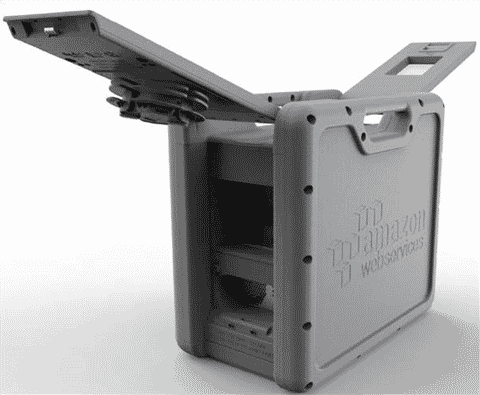
Logicata AI Bot
April 16, 2025
The Logicata AI Bot automatically transcribes our weekly LogiCast AWS News Podcasts and summarises them into informative blog posts using AWS Elemental MediaConvert, Amazon Transcribe and Amazon Bedrock, co-ordinated by AWS Step Functions.
In this week’s episode of LogiCast, the AWS News podcast, host Karl Robinson and co-host Jon Goodall were joined by special guest Tigran Gevorgyan to discuss the latest developments in the world of Amazon Web Services. From new AI models to security patches and best practices, the team covered a wide range of topics that are shaping the AWS landscape.
Meta’s Llama 4 Models Now Available on Amazon SageMaker JumpStart
The episode kicked off with a discussion about Meta’s Llama 4 models becoming available on Amazon SageMaker JumpStart. Jon expressed his frustration with the naming conventions of AI models, comparing it to the confusing USB naming standards. He noted, “It’s as bad as the USB naming convention now at this point.”
The availability of these models on SageMaker JumpStart was seen as a positive development, especially since SageMaker hasn’t been getting as much attention lately compared to newer services like Bedrock. Jon explained, “Sagemaker’s been around for a long time, particularly compared to Bedrock, but a long time generally. And now it’s got some new models to play with, which is great, if that’s the thing that you need.”
Tigran shared his thoughts on the potential benefits of this development, stating, “If they are able to be competitive and to provide more models like this, it could be possible to have another models cheaper. And have like stuff most cost effective.”
Prompting for Best Price Performance
The conversation then shifted to an article from the AWS machine learning blog about optimizing prompts for better price performance. Jon highlighted the comparison between OpenAI’s GPT models and Amazon’s Nova models, noting the significant cost differences. He explained, “Nova Pro is 80 cents per million input tokens versus GPT 40s $2.50. So that’s significantly less.”
Tigran expressed some concerns about the transition from GPT to Nova for businesses that have already built their applications around GPT. He wondered, “If people, businesses build their prompting and some customer-based applications already on GPT, how smooth will be the transition from GPT to Nova?”
The hosts also discussed the accessibility of Amazon’s AI models compared to OpenAI’s offerings, with John pointing out that Amazon’s approach is still more geared towards engineers rather than the general public.
SSM Agent Vulnerability Patched
Moving on to security matters, the team discussed a recently patched vulnerability in the Amazon EC2 SSM agent. Tigran, who has a particular interest in security, wasn’t surprised by the news. He emphasized the importance of continuous monitoring and improvement in security practices, stating, “What’s important is that you know you need to monitor all that stuff to catch the vulnerabilities and to fix them.”
Jon provided more technical details about the vulnerability, explaining that it required several steps to exploit and had already been patched in recent versions of the SSM agent.
Correlating Telemetry Data with Amazon OpenSearch Service and Amazon Managed Grafana
The podcast then delved into a more technical topic: correlating telemetry data using Amazon OpenSearch Service and Amazon Managed Grafana. Jon expressed concerns about the complexity and cost of this approach, especially for applications running on Kubernetes. He suggested, “Just use X-ray and do it selflessly and move on with your life, crying out loud.”
Tigran agreed with Jon’s assessment of the costs involved, sharing his experience: “We calculated using OpenSearch service, Amazon OpenSearch, and just trying to run it, um, by containers. Like OpenSearch, dashboard, etc. And actually, our calculation was that OpenSearch service is twice as expensive, then we would do it, let’s say, um, customly in a custom way.”
New Guidance in AWS Well-Architected Tool
The final topic of discussion was the announcement of new guidance in the AWS Well-Architected Tool, featuring updates and improvements for 78 new best practices. Tigran emphasized the importance of these updates for cloud professionals, stating, “I will encourage Solution architects, DevOps people, cloud ops and all people who are working on AWS environments go and take this kind of trainings because it’s very beneficial.”
Jon, however, took issue with the accessibility of the Well-Architected Tool, pointing out that full access is tied to higher-tier support subscriptions. He argued, “I don’t like the frankly predatory pricing structure that it’s got,” and suggested that AWS should make the tool more accessible or revise its pricing model.
Conclusion
This episode of LogiCast provided valuable insights into the latest AWS developments, from new AI models to security updates and best practices. The discussions highlighted the ongoing evolution of AWS services and the challenges that come with implementing and optimizing these tools in real-world scenarios.
This is an AI generated piece of content, based on the Logicast Podcast Season 4 Episode 15.





